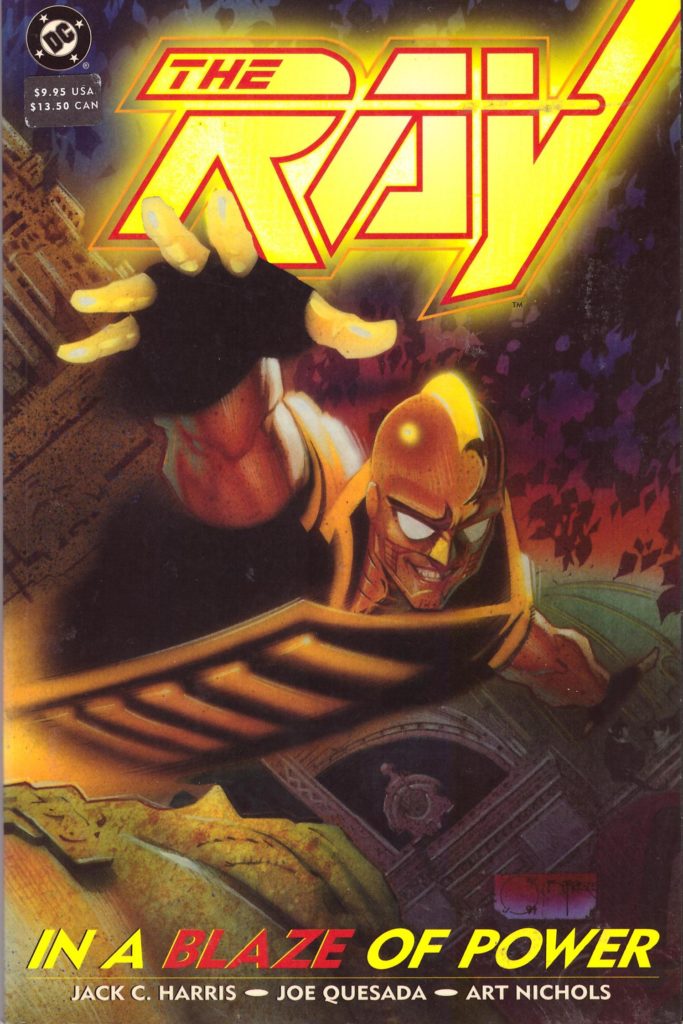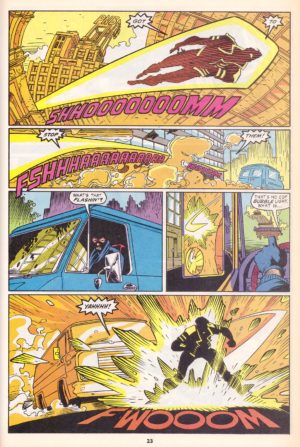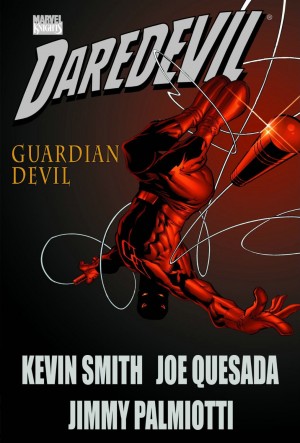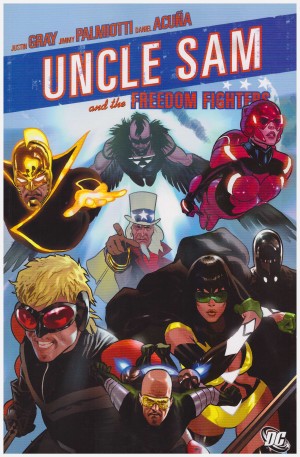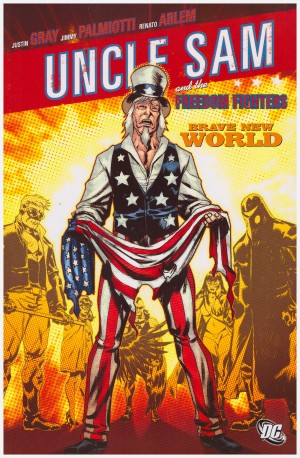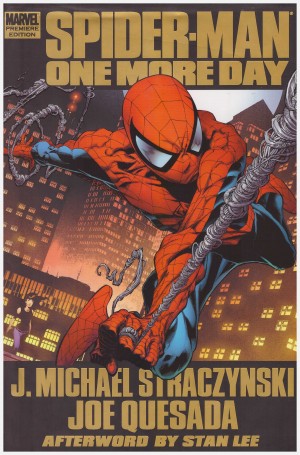Review by Frank Plowright
Joe Quesasa’s was one of comics’ stranger career trajectories, and it’s now just a footnote to his editorial revival of Marvel in the early 21st century that his earlier incarnation was as a talented superhero artist. It was on In A Blaze of Glory in 1991 that he first came to widespread attention, giving both a power and grace to Jack C. Harris’ revival of the Ray. For fans with a long memory Quesada had a lot to live up to given that the Ray was originally drawn by 1940s great Lou Fine, and while there are still a few rough edges, especially with the storytelling, there’s an elegance to the line that can still prompt purrs of admiration.
For the purposes of the revival, Ray Terrill was the son of the original Ray, literally kept in dark surroundings his entire life because his father learned the strange confluence of circumstances that supplied his power had been transferred to his son at birth. A youngster, never mind an infant or baby just couldn’t control a transformation into pure light. Harris keeps the action going while he keeps the questions coming, but relies too much on dramatic coincidence such as the girl Ray hasn’t seen in years being kidnapped just as he turns up. An attempt to explain that later just opens another can of worms. The primary mystery is how Ray has developed powers, yet there’s a doppelganger flying about in the old Ray’s yellow costume, which has aged well, unlike the 1990s fashions Quesada used to keep the series looking up to date back in the day. As interesting as the doppelganger is, Harris takes the artificial route with him for dramatic purposes, as the more realistic behaviour of him explaining some things up front would have negated the learning process set up. Further minor mistakes irritate – the Research on Properties of Light is reduced to the eccentrically derived acronym RONOL – and too much is too random as the plot descends into standard territory.
It all leaves Quesada’s art as the only really notable aspect, the layouts imaginative, and the Ray having power and speed. Unfortunately, though, that’s only for half the book, as the remainder is Quesada providing layouts for Art Nicholls, and Nicholls doesn’t have Quesada’s delicacy and his people are much less expressive. The Ray would knock about the DC universe for a few years after this revival, even joining the Justice League briefly, before being supplanted by an upgrade, and while In a Blaze of Power at least tried something new at staid old DC, it’s day has passed.
